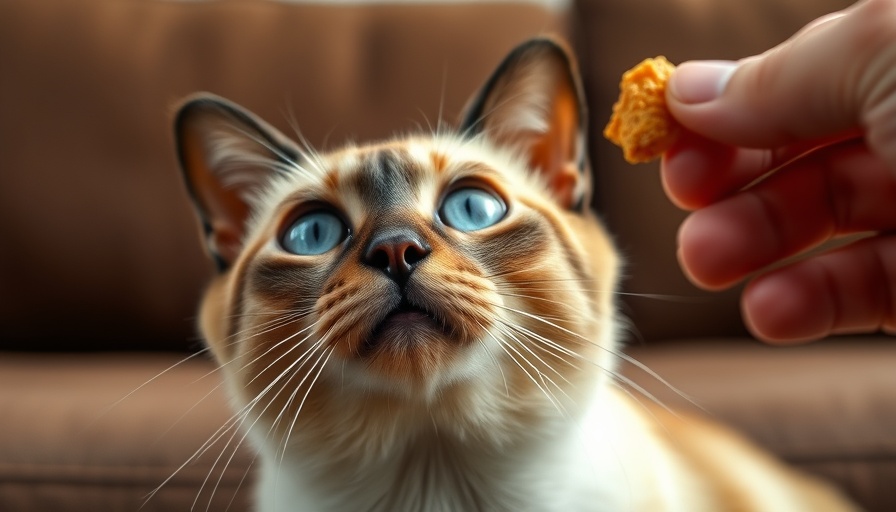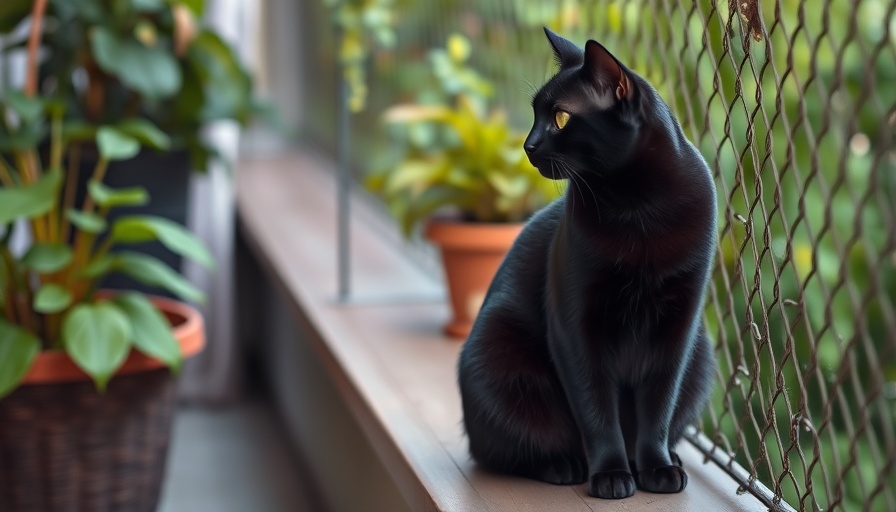
Understanding Clicker Training for Cats: An Essential Guide
Being a cat owner can be one of the most delightful experiences, full of playful antics and affectionate moments. However, even the most charming feline friends can have their moments of naughtiness—from nibbling fingers to vocal serenades at odd hours. For those dealing with such behavior, effective training is essential, and clicker training has emerged as a beneficial approach.
What is Clicker Training for Cats?
Clicker training utilizes a simple sound—a clicker—to reinforce positive behavior through reward-based learning. The principle is based on the idea of creating a mental association: just as cats come running when they hear the sound of a can opener, they can learn to connect the sound of a clicker with earning a treat. This transformation opens new avenues to teach cats specific behaviors, such as using a new cat tree by clicking and rewarding when your cat climbs on it.
The Pitfalls of Negative Reinforcement
Traditional thinking in pet training often emphasizes punishment to correct unwanted behavior. However, with cats, this method can backfire. Negative reinforcement, like using a squirt bottle for discipline, may induce stress and anxiety without correcting the behavior the owner aims to change. Cats often don't associate the unpleasant experience with the misbehavior. Instead, they may begin to associate you with negativity, which can damage your bond.
Effective Discipline: Encouraging Positive Behavior
The key is shifting the focus from punishment to encouraging alternative behaviors that are desirable. For instance, rather than yelling at your cat for nocturnal yowling—an action that inadvertently rewards them with your attention—consider the clicker method. This redirects their attention to behaviors you want to see more of, ultimately reinforcing a positive relationship.
Getting Started With Clicker Training
When embarking on the clicker training journey, it's vital to start early. Kittens are generally more adaptable and quick to learn, but adult cats can also benefit from this method. Here are some suggested steps:
- Begin by associating the clicker sound with treats. Click and reward at random moments to help your cat make the connection.
- Introduce basic commands or actions, clicking and treating when they perform these behaviors, like sitting or coming when called.
- Be patient! Each cat learns at their own pace.
Benefits Beyond Basic Training
Clicker training offers various advantages. In addition to correcting unwanted behaviors, it improves the bond between pet and owner, fosters mental stimulation, and builds a strong communication line. Moreover, as these techniques are positive reinforcement-based, they can be helpful to professionals in veterinary care, pet training, and even development of pet accessories and products aimed at promoting healthy environments for cats.
Real-Life Stories of Clicker Success
Many pet owners have found success with clicker training. For example, Sarah, a cat enthusiast and rescue advocate, described how clicker training not only corrected her cat's furniture-scratching habit but also transformed her timid rescue into a confident, well-adjusted companion. Such stories underscore that clicker training is not just a training method; it is a pathway to deeper companionship.
The Future of Cats and Connected Training Methods
As pet parenting evolves, so do the training techniques associated with them. The rise in interest in clicker training may lead to more innovative methods and tools, catering to both behavioral correction and mental engagement for pets. This trend signifies a shift in how we view animal training—from mere obedience to a cooperative and enriching experience.
For veterinarians, trainers, and all professionals working with animals, embracing clicker training could enhance their practices, offering better interaction dynamics that promote welfare and a greater understanding between pets and their humans.
Conclusion: Embrace Clicker Training for a Better Bond
Incorporating clicker training into your routine not only provides effective behavioral training but can also significantly enhance your relationship with your cat. By building trust and understanding through positive reinforcement, you'll pave the way for a well-behaved and cherished feline companion.
Whether you're a veterinarian, a trainer, or a dedicated pet parent, consider exploring the myriad benefits of clicker training—your cat will thank you!
 Add Row
Add Row  Add
Add 




Write A Comment